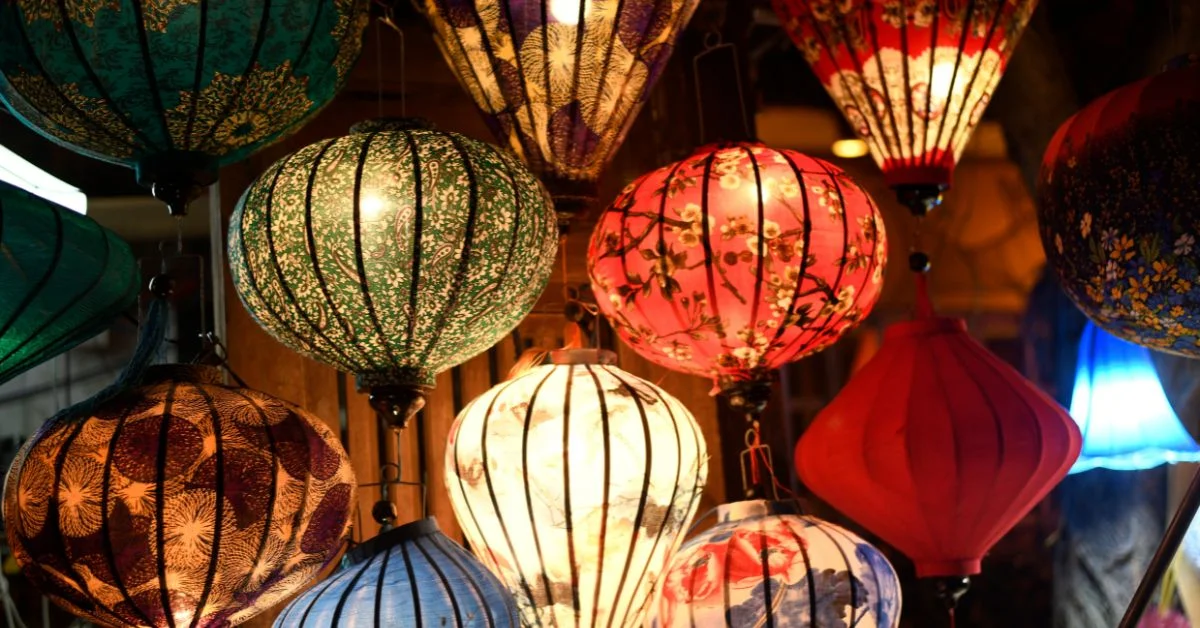A few words that define culture and creativity start to emerge in a narrative-driven environment. Among these terms is gugequshi. Gugequshi may be foreign to outsiders, yet it has a special place in the hearts of those who cherish narrative, self-expression, and the merging of old and new.
Discover the definition, history, and modern applications of gugequshi, as well as the reasons for its growing importance in digital storytelling, social media, and cultural preservation, in this all-inclusive guide.
What Does “Gugequshi” Mean?
Gugequshi (pronounced “goo-geh-koo-shi”) is believed to originate from a blend of Asian linguistic roots. It loosely translates to “ancient story” or “tale passed down through generations.” In modern times, however, gugequshi has taken on broader connotations:
- In cultural circles, it denotes traditional folklore or ancestral tales.
- In digital spaces, it often describes micro-narratives—short, visual, or textual content pieces shared online.
- Linguistically, it’s symbolic of the blend between language, memory, and identity.
Its appeal lies in its layered meaning and versatility across both cultural and technological contexts.
The Cultural Context of Gugequshi
Traditionally, gugaqushi refers to oral stories passed down from elders to children. These stories often involve:
- Myths and Legends: Tales of creation, gods, and spirits.
- Moral Lessons: Stories with embedded ethical teachings.
- Family Histories: Narratives rooted in a community’s origin.
- Symbolic Imagery: Use of animals, nature, and archetypes.
These stories weren’t just entertainment—they were tools for education, social bonding, and cultural continuity. In many cultures, gugaqushi was a ceremony, performed with music, dance, or art.
Gugequshi in the Digital Era
With the internet and social media revolution, gugequshi has been reimagined:
- Visual Storytelling: Instagram reels, TikTok videos, and YouTube shorts reinterpret traditional tales with a modern twist.
- Digital Archives: Websites and apps dedicated to preserving old stories.
- Narrative Memes: Gugequshi now lives in funny, impactful, or poetic snippets shared virally.
- Interactive Story Maps: Platforms that connect geolocation to narrative fragments, turning the world into a digital scroll of gugequshi.
This evolution preserves tradition while adapting to new forms of engagement.
Table: Traditional vs Digital Gugequshi
| Aspect | Traditional Gugequshi | Digital Gugequshi |
|---|---|---|
| Format | Oral or Written Narration | Short videos, blogs, memes |
| Medium | Community gatherings, scrolls | Social media, podcasts, digital books |
| Purpose | Education, moral transmission | Inspiration, humor, viral value |
| Access | Limited to community or region | Global and instantly shareable |
Popular Use Cases and Modern Applications
1. Cultural Podcasts
Storytellers now use podcast platforms to share gugaqushi from different languages and heritages.
2. Social Media Challenges
Storytime trends on TikTok often involve users sharing personal or fictional gugaqushi-inspired content.
3. Digital Learning Tools
Apps like Duolingo or Khan Academy use narrative-based lessons drawn from gugaqushi formats to teach languages or history.
4. NFT Story Collections
Blockchain has entered the picture. Artists mint gugaqushi-themed NFTs that combine audio, visual, and text narratives.
Gugequshi and the Art of Storytelling
Why does gugequshi continue to thrive? Because storytelling is a fundamental human trait. Gugequshi:
- Connects generations
- Builds empathy and cultural understanding
- Transmits values
- Encourages creativity and linguistic nuance
In brand marketing, brands are now crafting their own gugaqushi to emotionally connect with audiences.
How to Create Impactful Gugequshi Content
If you’re inspired to join the gugaqushi movement, here’s how:
1. Identify Your Core Message
Every story should have a purpose—humor, lesson, or memory.
2. Use Relatable Archetypes
Universal themes—hero’s journey, triumph over adversity—resonate more.
3. Combine Text with Multimedia
Use visuals, sound, or interactive elements for richer impact.
4. Make it Shareable
Keep it concise and engaging to encourage social sharing.
5. Honor the Origin
If drawing from traditional sources, credit the culture and keep it respectful.
Conclusion
The core of gugequshi—storytelling that connects, educates, and entertains—remains the same as it has evolved from old campfire tales to popular Instagram clips. This tradition serves as a reminder that while the medium may change, the message remains relevant as we embrace the digital age.
Anyone interested in cultural tales and storytelling—whether as a maker, an educator, or just a curious reader—can benefit from delving into the guge-qushi universe.
FAQs
1. What does gugaqushi mean?
It generally refers to ancient or traditional stories passed down through generations, now also used for digital storytelling.
2. Is gugaqushi a real language term?
While its exact etymology may vary, it reflects a fusion of linguistic and cultural storytelling terms.
3. Can guge-qushi be used in marketing?
Yes. Brands increasingly use guge-qushi-inspired narratives to build emotional connections with audiences.
4. How is guge-qushi shared online?
Through podcasts, short videos, illustrated stories, memes, and more.
5. Is gugeaushi only from Asia?
Not at all. The term may have Eastern roots, but the concept of ancestral storytelling is global.
For more information, click here.









